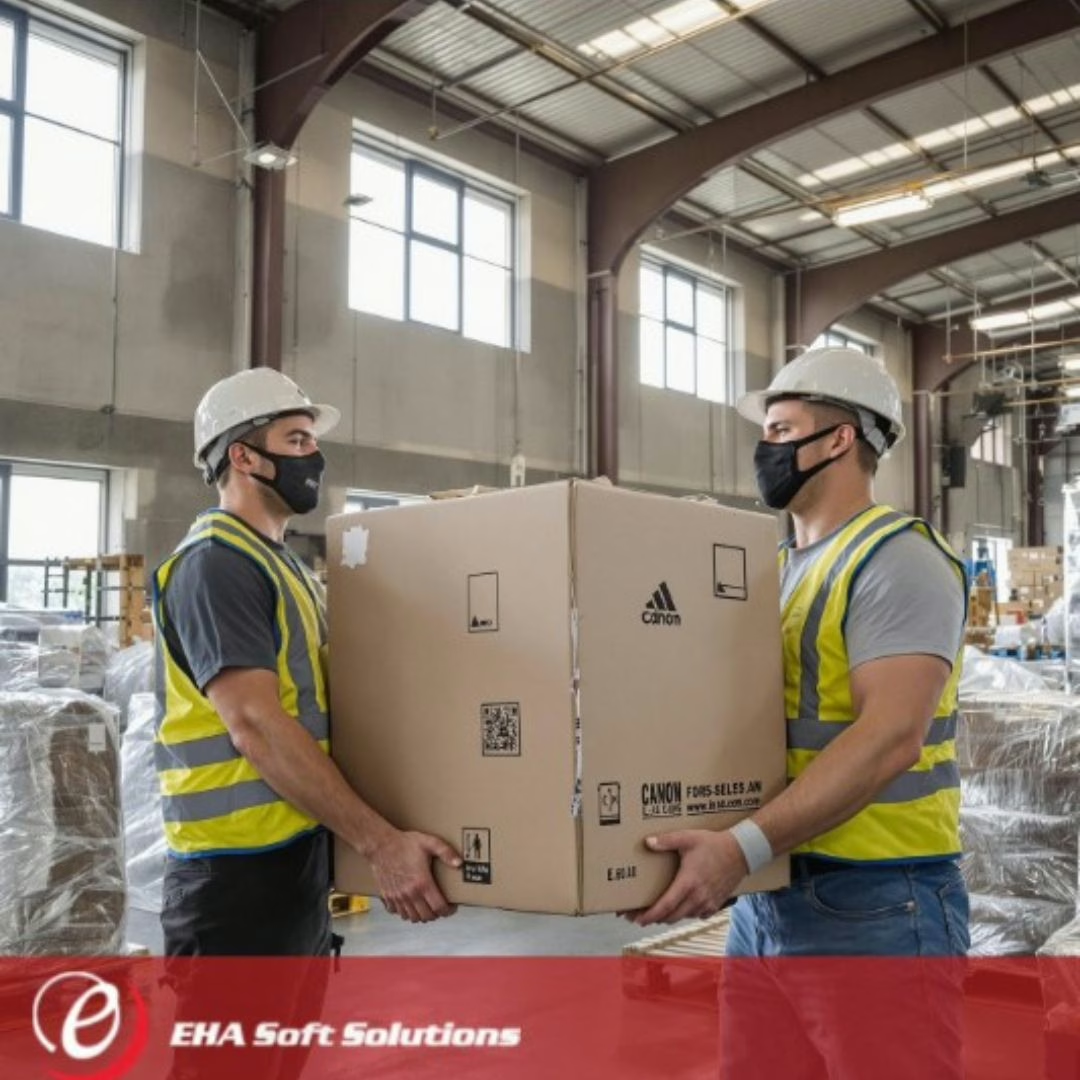Subtotal $0.00
Understanding Manual Handling Hazards in the Workplace
Manual handling tasks are a routine part of operations across many industries, from construction and logistics to healthcare and manufacturing. Despite their frequency, these tasks often carry a high risk of injury if not managed properly. Sprains, strains, and musculoskeletal disorders resulting from improper lifting, carrying, pushing, or pulling are among the most commonly reported workplace incidents worldwide.
What’s often overlooked is that many of these incidents could have been prevented with timely training, ongoing risk assessments, and structured control measures. Investing in these safety practices isn’t just about compliance—it’s about ensuring a healthy, capable workforce that can sustain productivity without compromising well-being.
The Importance of Practical, Accessible Training
One of the most effective ways to mitigate manual handling risks is through hands-on training that equips workers with the correct techniques and awareness. However, traditional training models—typically limited to classroom sessions—may not always offer the flexibility or context-specific relevance that dynamic work environments require.
Today’s workplace trends are shifting toward digital integration. Modern training approaches that incorporate real-world scenarios, mobile accessibility, and interactive guidance can offer a more flexible, scalable solution. These types of training methods could help ensure that workers are well-prepared, even when schedules or geography pose challenges to in-person instruction.
The Role of Risk Assessments and Control Measures
Manual handling safety doesn’t end with training. A structured manual handling risk assessment is key to identifying potential hazards before they result in injury. These assessments typically review the nature of the task, the load being moved, the work environment, and the worker’s capability. Control measures—such as reducing load weight, introducing mechanical aids, or rotating tasks—can be implemented based on assessment findings to reduce strain and minimize exposure to risk.
A proactive approach that combines assessments, practical controls, and timely interventions could help organizations stay ahead of potential hazards. Additionally, proper documentation and tracking of assessment outcomes are essential for compliance and continuous improvement.
Moving Beyond Paper-Based Systems
In the past, managing manual handling procedures relied heavily on paper-based documentation and manual oversight. This made it difficult to track training status, assessment findings, and follow-up actions across teams. While some incidents in the past might not have been avoidable due to the absence of digital solutions at the time, organizations now have the opportunity to use technology that could help streamline their safety management processes.
By embracing digital tools, safety teams can centralize records, automate alerts for refresher training, and facilitate remote evaluations—all of which support a more efficient and accountable safety culture.
Promoting a Culture of Safety Through Digital Support
While it’s essential to focus on ethical practices and continuous improvement, incorporating the right tools could further enhance the outcomes. For example, EHA Soft’s SHEQ Manual Handling module offers a practical, technology-driven solution that supports:
- Mobile app-based training that engages teams in real-life scenarios
- Remote evaluations by certified trainers, eliminating logistical delays
- Centralized record-keeping, which ensures accessible compliance tracking
These features could help reduce risks and contribute to safer working environments by making manual handling safety more proactive, transparent, and manageable.
Conclusion: A Smarter, Safer Way Forward
Injuries related to manual handling continue to be a challenge across industries, but they are not without potential solutions. By emphasizing thorough training, routine risk assessments, and the thoughtful application of technology, organizations can foster safer work environments where risks are minimized, and teams feel supported.
EHA Soft’s SHEQ Manual Handling module could be a valuable addition for organizations aiming to modernize their safety practices and ensure that every lift, move, or carry is performed with awareness and care.
For more information on how our solutions can help your organization stay ahead, contact us today at +353 21 4536034, email us at info@ehasoft.com, or visit our website at www.ehasoft.com.







Comments are closed